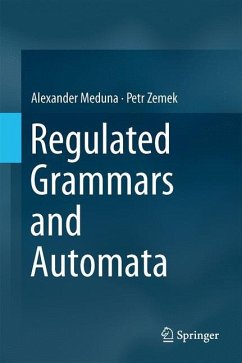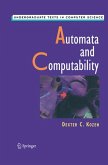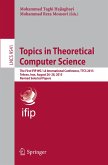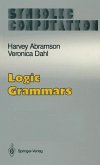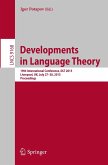This is the first book to offer key theoretical topics and terminology concerning regulated grammars and automata. They are the most important language-defining devices that work under controls represented by additional mathematical mechanisms. Key topics include formal language theory, grammatical regulation, grammar systems, erasing rules, parallelism, word monoids, regulated and unregulated automata and control languages. The book explores how the information utilized in computer science is most often represented by formal languages defined by appropriate formal devices. It provides both algorithms and a variety of real-world applications, allowing readers to understand both theoretical concepts and fundamentals. There is a special focus on applications to scientific fields including biology, linguistics and informatics. This book concludes with case studies and future trends for the field. Regulated Grammars and Automata is designed as a reference for researchers and professionals working in computer science and mathematics who deal with language processors. Advanced-level students in computer science and mathematics will also find this book a valuable resource as a secondary textbook or reference.
From the book reviews:
"The book consists of 22 chapters divided among nine parts. ... The book is well written and produced, and should be warmly received by its community. Each chapter is accompanied by a bibliography, and the authors suggest many open problems that should be welcomed by researchers, especially graduate students just embarking on research." (Shrisha Rao, Computing Reviews, November, 2014)
"The book consists of 22 chapters divided among nine parts. ... The book is well written and produced, and should be warmly received by its community. Each chapter is accompanied by a bibliography, and the authors suggest many open problems that should be welcomed by researchers, especially graduate students just embarking on research." (Shrisha Rao, Computing Reviews, November, 2014)

